The Urban Racial State
Perspectives on a Multiracial America series
Joe R. Feagin, Texas A&M University, series editor
The racial composition of the United States is rapidly changing. Books in the series will explore various aspects of the coming multiracial society, one in which European-Americans are no longer the majority and where issues of white-on-black racism have been joined by many other challenges to white dominance.
Titles:
Leonard, David J. and C. Richard King, Commodified and Criminalized: New Racism and African Americans in Contemporary Sports
Melanie Bush, Breaking the Code of Good Intentions
Amir Mavasti and Karyn McKinney, Middle Eastern Lives in America
Richard Rees, Shades of Difference: A History of Ethnicity in America
Katheryn Russell-Brown, Protecting Our Own: Race, Crime, and African Americans
Elizabeth M. Aranda, Emotional Bridges to Puerto Rico: Migration, Return Migration, and the Struggles of Incorporation
Victoria Kaplan, Structural Inequality: Black Architects in the United States
Angela J. Hattery, David G. Embrick, and Earl Smith, Globalization and America: Race, Human Rights, and Inequality
Pamela Anne Quiroz, Adoption in a Color-Blind Society
Adia Harvey Wingfield, Doing Business with Beauty: Black Women, Hair Salons, and the Racial Enclave Economy
Erica Chito Childs, Fade to Black and White: Interracial Images in Popular Culture
Jessie Daniels, Cyber Racism: White Supremacy Online and the New Attack on Civil Rights
Teun A. van Dijk, Racism and Discourse in Latin America
Melanie E. L. Bush, Everyday Forms of Whiteness: Understanding Race in a Post-Racial World, 2nd edition
Noel A. Cazenave, The Urban Racial State: Managing Race Relations in American Cities
The Urban Racial State
Managing Race
Relations in American Cities
Noel A. Cazenave

Published by Rowman & Littlefield Publishers, Inc.
A wholly owned subsidiary of The Rowman & Littlefield Publishing Group, Inc.
4501 Forbes Boulevard, Suite 200, Lanham, Maryland 20706
www.rowmanlittlefield.com
Estover Road, Plymouth PL6 7PY, United Kingdom
Copyright 2011 by Rowman & Littlefield Publishers, Inc.
All rights reserved. No part of this book may be reproduced in any form or by any electronic or mechanical means, including information storage and retrieval systems, without written permission from the publisher, except by a reviewer who may quote passages in a review.
British Library Cataloguing in Publication Information Available
Library of Congress Cataloging-in-Publication Data
Cazenave, Noel A., 1948
The urban racial state : managing race relations in American cities / Noel A.
Cazenave.
p. cm. (Perspectives on a multiracial America series)
Includes bibliographical references and index.
ISBN 978-1-4422-0775-2 (cloth : alk. paper) ISBN 978-1-4422-0777-6
(electronic)
1. United StatesRace relationsPolitical aspectsCase studies. 2. United StatesRace relationsGovernment policyCase studies. 3. Urban policyUnited StatesCase studies. 4. Metropolitan governmentUnited StatesCase studies. 5. New Haven (Conn.)Race relationsHistory20th century. 6. New Haven (Conn.)Politics and government20th century. 7. Syracuse (N.Y.)Race relationsHistory20th century. 8. Syracuse (N.Y.)Politics and government20th century. I. Title.
E184.A1C39 2010
305.800973dc22
2010048172
 The paper used in this publication meets the minimum requirements of American National Standard for Information SciencesPermanence of Paper for Printed Library Materials, ANSI/NISO Z39.48-1992. Printed in the United States of America
The paper used in this publication meets the minimum requirements of American National Standard for Information SciencesPermanence of Paper for Printed Library Materials, ANSI/NISO Z39.48-1992. Printed in the United States of America
To my big sister, Andree, and the many fond
memories we share of growing up in the
Lower Ninth Ward of New Orleans.

Contents

List of Illustrations
Figure 1.1 The Urban Racial States Use of Its Community Action Program to Mediate
and Balance Race Relations within a City

Preface and Acknowledgments
The Urban Racial State
In this book I introduce a new analytical concept, the urban racial state (URS). By the urban racial state I mean the political structure and processes of a city and its suburbs that manage race relations in ways that foster and sustain both its own immediate political interests and, ultimately, white racial supremacy. I hope the URS concept will prove useful in both contemporary and historical analyses of the workings of power and politics in cities and their suburbs by providing a conceptual bridge to three important bodies of social science literatureurban theory, racism theory, and state theory.
I realize, of course, that such an undertaking must overcome numerous conceptual challenges. Indeed, states are such complex phenomena that they can be analytically overwhelming. For example, they include governments and their various appendages and other links within both the public and private sectors. This complexity is also evident in the fact that their governmental cores exist at multiple levels (e.g., federal, individual state, and local governments) and through all three of their branches (the executive, judicial, and legislative). To simplify matters, my main focus in this book is the executive branch of city governments in its capacity as a manager of race relations, which I refer to as the URS administration.
I place racism at the center of my analysis of this books New Haven and Syracuse case histories by examining the deployment of community action as a programmatic device to manage race relations. As you will see, one of the exciting things about any type of machinery, social or otherwise, is that once it is built and its switch is turned on it does not always function quite as designed. This will become evident when I examine what those two case histories and other more recent and noncommunity-action-focused examples of the urban racial state reveal about what its policies, programs, and practices actually do racially, how they do these things, for whom, and with what consequences.
The major funding for this project was provided by grants from the Ethics and Values Studies Program of the National Science Foundation. I also received supplemental funding through a grant-in-aid from Temple University to cover the expenses of data collection during the preliminary stage of my research. The Lyndon Baines Johnson Foundation provided funds for me to collect archival data from the Lyndon Baines Johnson Library in Austin, Texas. Special thanks are due to my research project consultants, Frances Fox Piven, Jill Quadagno, Martin Rein, and Ivan Szelenyi; to my oral history consultants, Ronald Grele and Sheldon Stern; and to Rachelle D. Hollinger of the National Science Foundation.
I would like to thank the following organizations and individuals of the University of Connecticut for their generosity: the Institute for African American Studies for providing research assistants, the Research Foundation for furnishing two supplemental grants for the transcriptions of oral histories, and the Center for Oral History for transcribing the oral histories cited in this book.
Next page

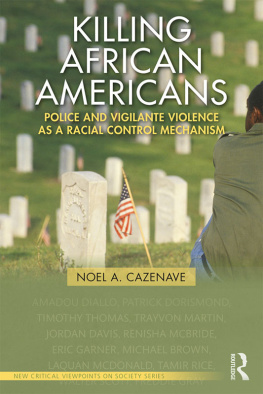
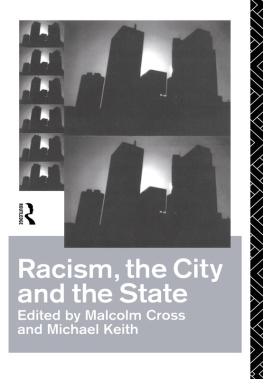
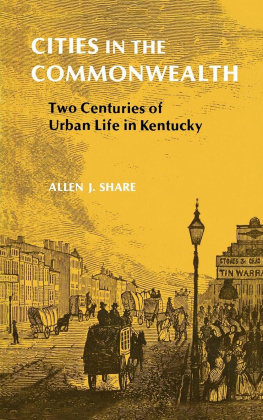
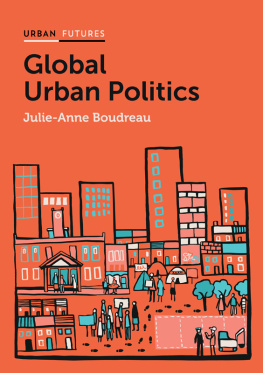
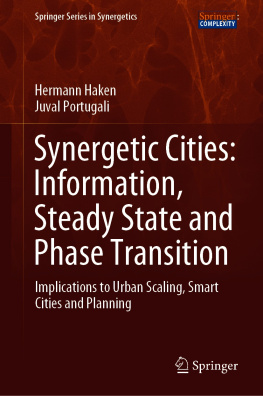
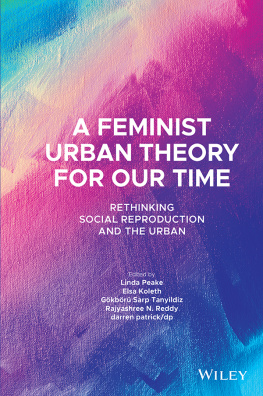
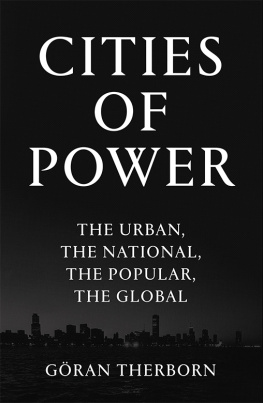
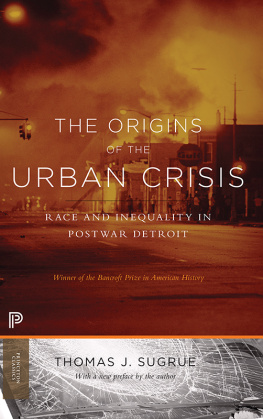

 The paper used in this publication meets the minimum requirements of American National Standard for Information SciencesPermanence of Paper for Printed Library Materials, ANSI/NISO Z39.48-1992. Printed in the United States of America
The paper used in this publication meets the minimum requirements of American National Standard for Information SciencesPermanence of Paper for Printed Library Materials, ANSI/NISO Z39.48-1992. Printed in the United States of America